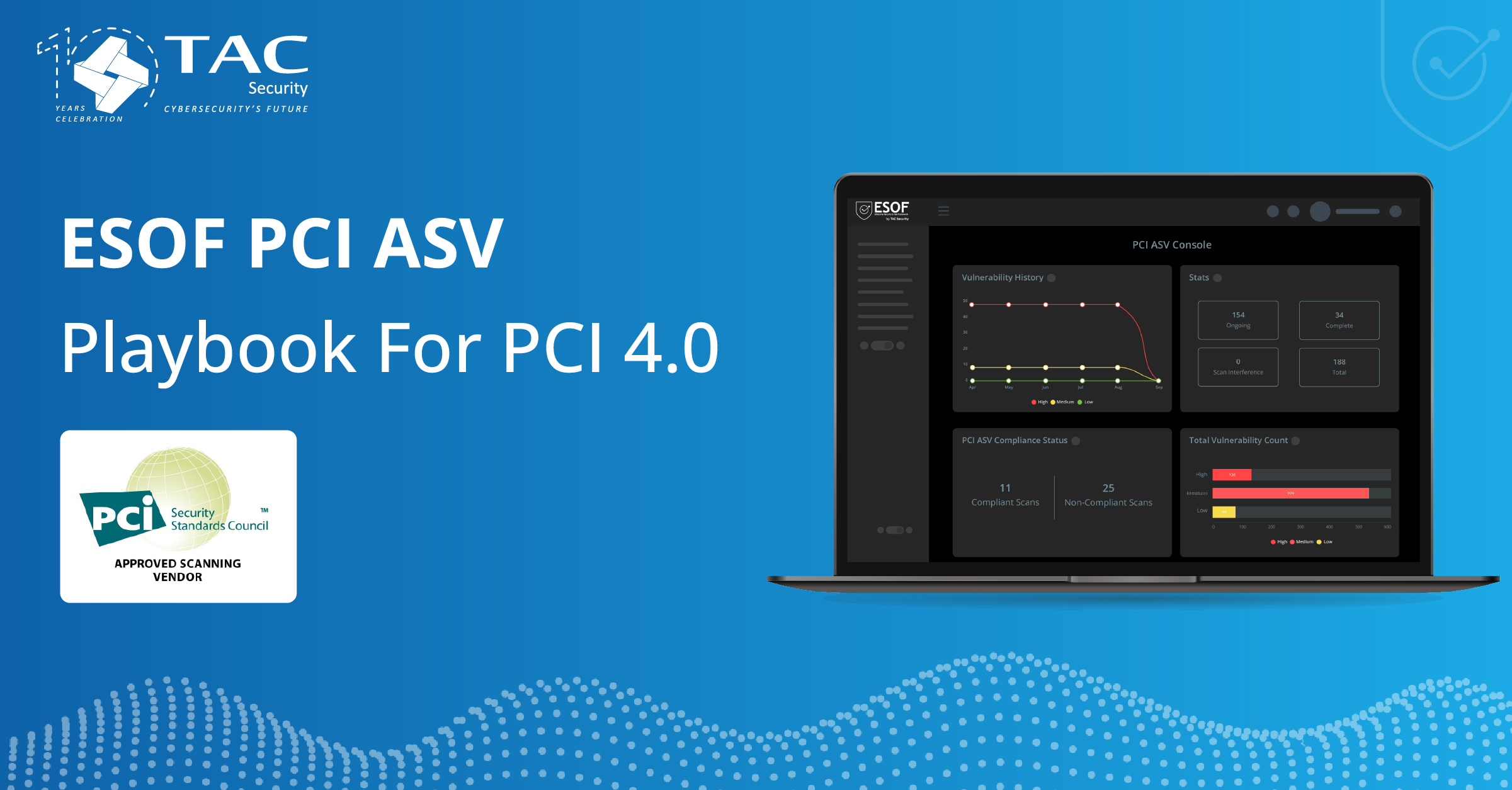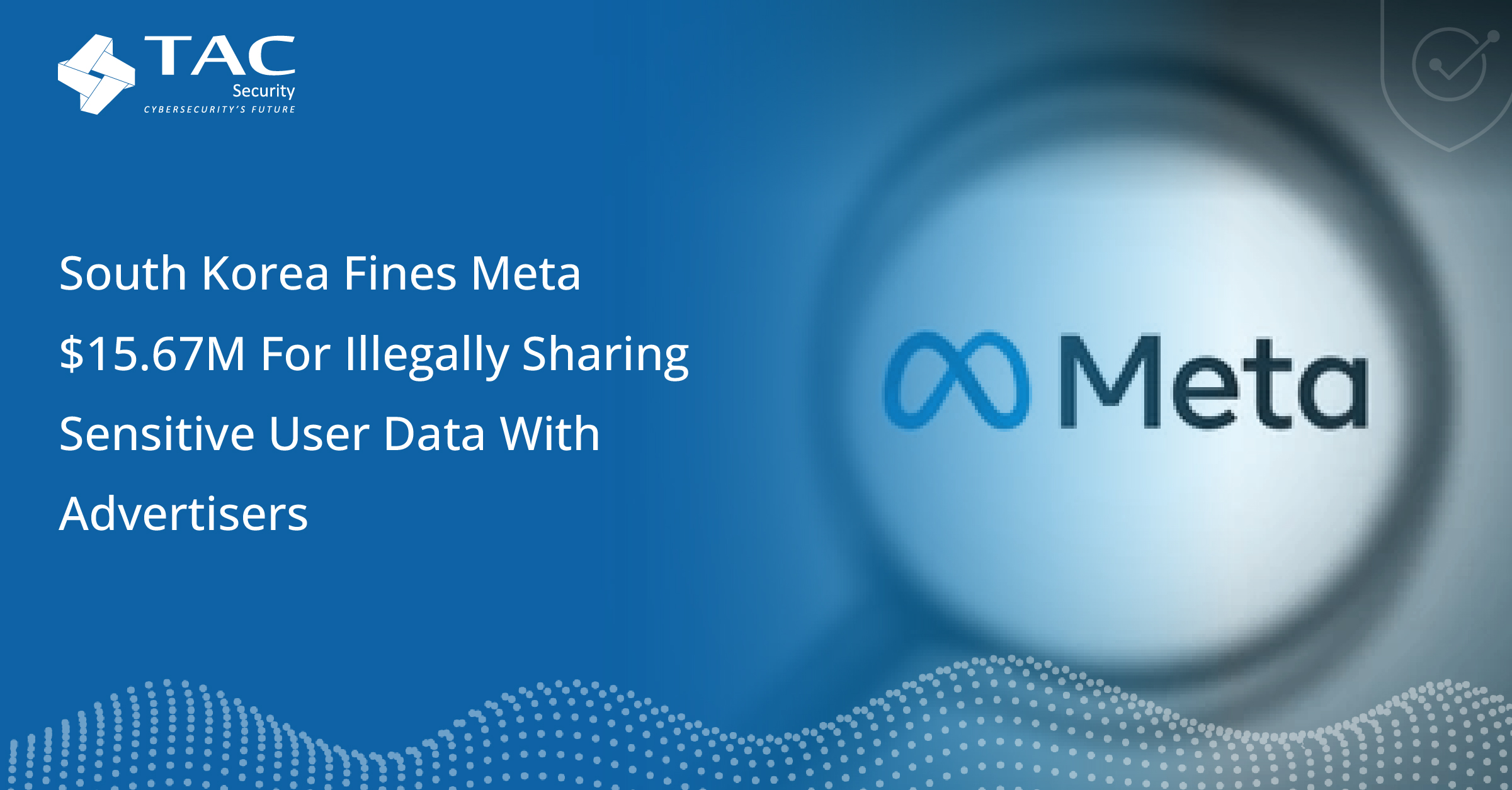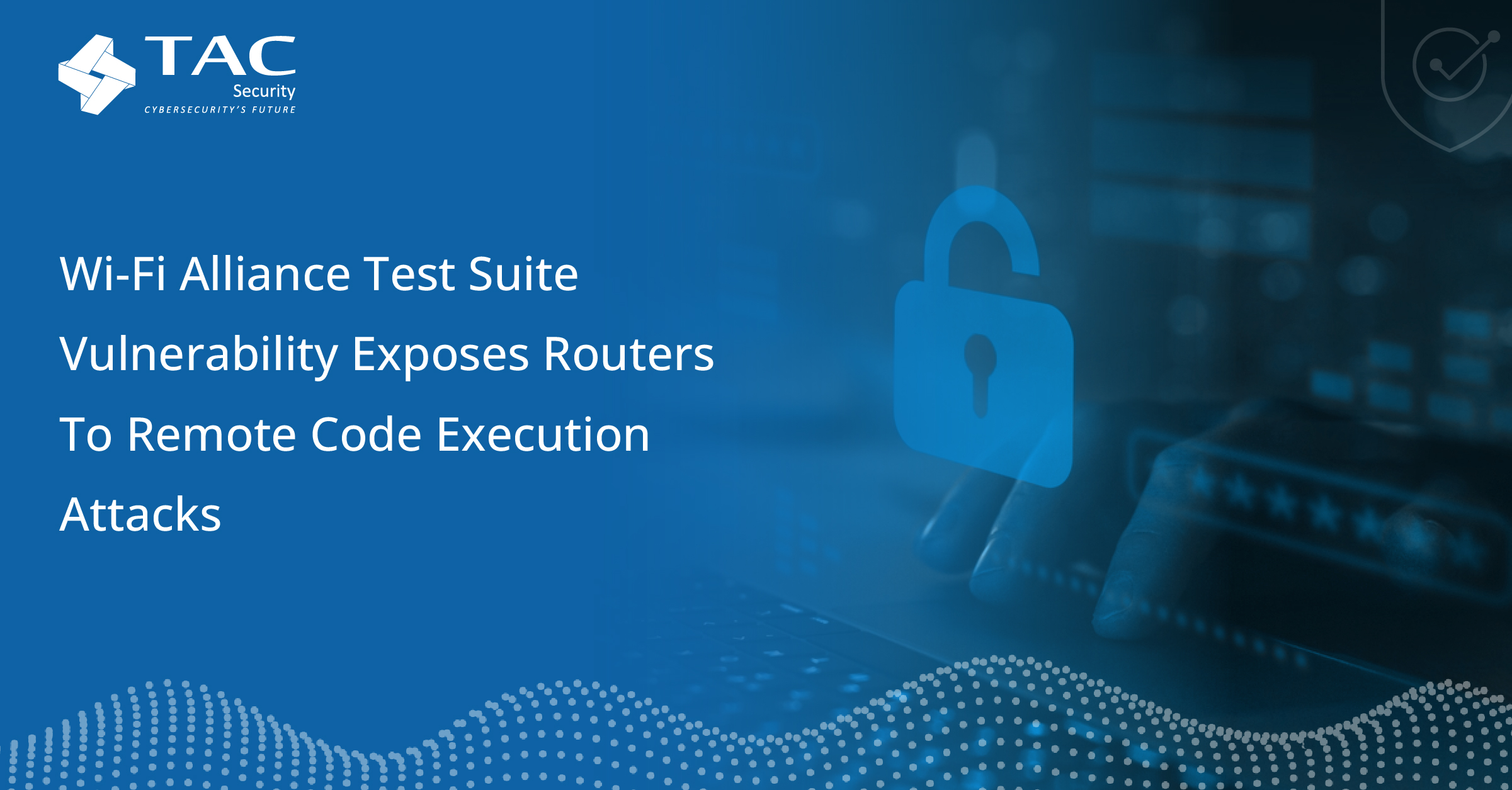
On March 31, 2022, the PCI Security Standards Council (PCI SSC) officially released version 4.0 of the PCI Data Security Standard (PCI DSS). This globally recognized standard serves as a foundation for technical and operational measures to safeguard account data. In response to evolving threats and technologies, PCI DSS 4.0 supersedes version 3.2.1, offering innovative approaches to counter new challenges.
PCI DSS compliance is crucial for businesses, not just to avoid fines and reputational damage, but as a key defense against various cyber risks. A report by Verizon highlighted that none of the companies investigated following a breach over the last decade were fully PCI DSS compliant at the time of the incident.
Despite its importance, only 36.7% of organizations handling credit card data claim full PCI DSS compliance. To ease the compliance journey, tools like ESOF PCI ASV by TAC Security, a provider of advanced security solutions, can play a pivotal role. Let’s explore some primary PCI DSS requirements and how ESOF PCI ASV can facilitate compliance.
Understanding PCI DSS Requirements
PCI DSS comprises 12 requirements grouped into six categories, including:
- Build and maintain a secure network.
- Protect cardholder data.
- Maintain a vulnerability management program.
- Implement strong access control measures.
- Regularly monitor and test networks.
- Maintain an information security policy.
These requirements encompass 281 directives, making meticulous compliance challenging. Focusing on essential areas, such as vulnerability management, can streamline the process.
Ensuring PCI DSS 4.0 Compliance with ESOF PCI ASV
- Boosting Discoverability:
- ESOF PCI ASV aids in mapping complex networks, ensuring comprehensive awareness.
- It goes beyond typical asset scanning tools, identifying PCI assets and providing integration with various tools.
- Prioritizing Risk:
- ESOF PCI ASV allows customization of risk parameters, combining prioritization algorithms with effective remediation.
- The platform adopts a risk-based approach, aligning with the emphasis introduced in PCI DSS 3.0.
- Meeting Cyber Hygiene SLAs:
- Establishing clear internal processes and SLAs for vulnerability management is a PCI DSS priority.
- ESOF PCI ASV facilitates customizable SLAs, automated alerts, and integration with ticketing systems like Jira/ServiceNow.
- Creating Total Clarity:
- ESOF PCI ASV offers an integrated dashboard for a comprehensive view of the environment.
- The platform provides clear, readable reporting, including total risk scores and sortable views of vulnerabilities.
Benefits Beyond Compliance
ESOF PCI ASV extends benefits beyond PCI DSS compliance:
- Visibility and Reporting: Simplifies the audit process with a consolidated platform for producing reports tailored to PCI assets.
- Daily Risk Management: Assists in managing risk on a daily basis, safeguarding sensitive data.
- Consumer Confidence: Enhances consumer confidence by ensuring secure transactions and protecting consumer data.
In anticipation of PCI DSS 4.0, adopting a solution like ESOF PCI ASV prepares organizations for evolving compliance requirements while offering broader risk management advantages. As the industry moves towards transparency, automation, and risk prioritization, such tools become essential for organizations handling sensitive cardholder data.
To simplify your compliance process, explore how ESOF PCI ASV can support your risk remediation requirements and SLAs. Get started with a demo or contact TAC Security for more information.





